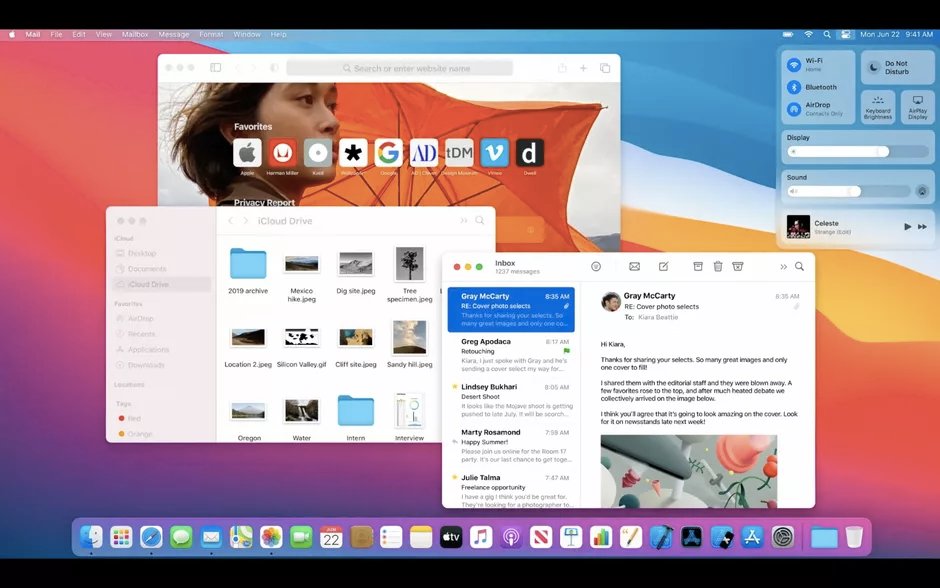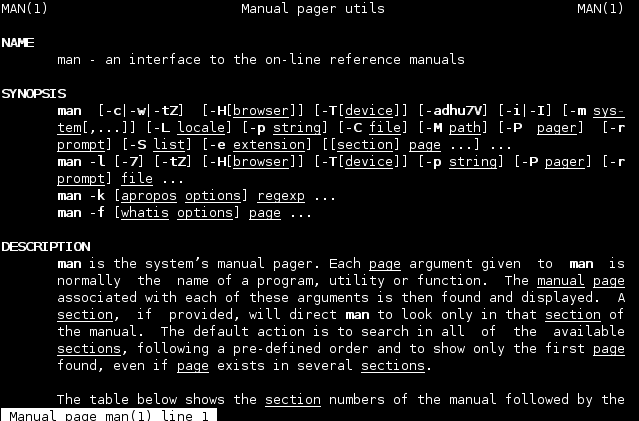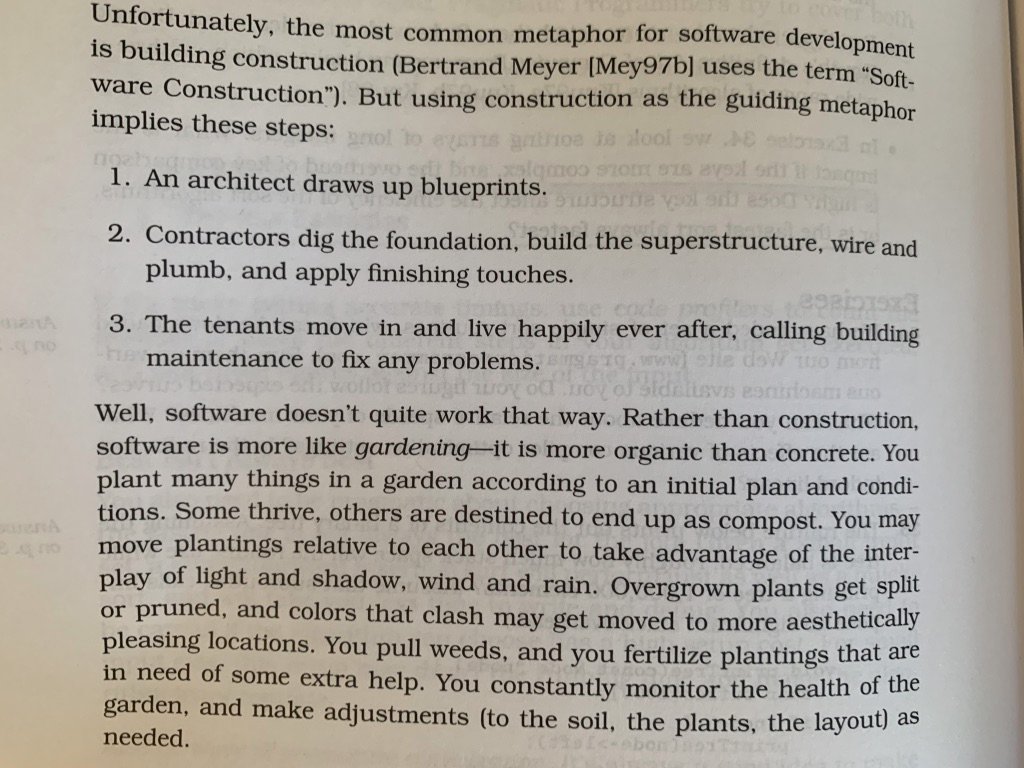
💫 Excited to share what I worked on this summer with @inkandswitch! We built Cambria, a tool that enables more flexible data compatibility in software.
Here's why I'm personally invested in this research... »
Here's why I'm personally invested in this research... »
https://twitter.com/inkandswitch/status/1313517319176429570
I believe deeply in being able to customize our software tools. But something has been bugging me: if we edit our tools, how does that square with collaboration?
Like, how far can I tweak my writing environment while keeping it working nicely with yours? »
Like, how far can I tweak my writing environment while keeping it working nicely with yours? »
The usual answer is: we all agree to use the same software, or the same file format. But this really limits how far we can tweak.
What if we could fudge around the edges more? Changing the data format while keeping things mostly working together... »
What if we could fudge around the edges more? Changing the data format while keeping things mostly working together... »
This is exactly the kind of workflow that Cambria supports. It's still early days, but I think we got some glimpses of how it might feel to live in this alternate reality... 

The neat thing is, these kinds of problems _also_ appear all over the place today! So hopefully this kind of tool can provide near-term value, while nudging us towards a future of more flexible software.
For more details, see the essay...
inkandswitch.com/cambria.html
For more details, see the essay...
inkandswitch.com/cambria.html
• • •
Missing some Tweet in this thread? You can try to
force a refresh














